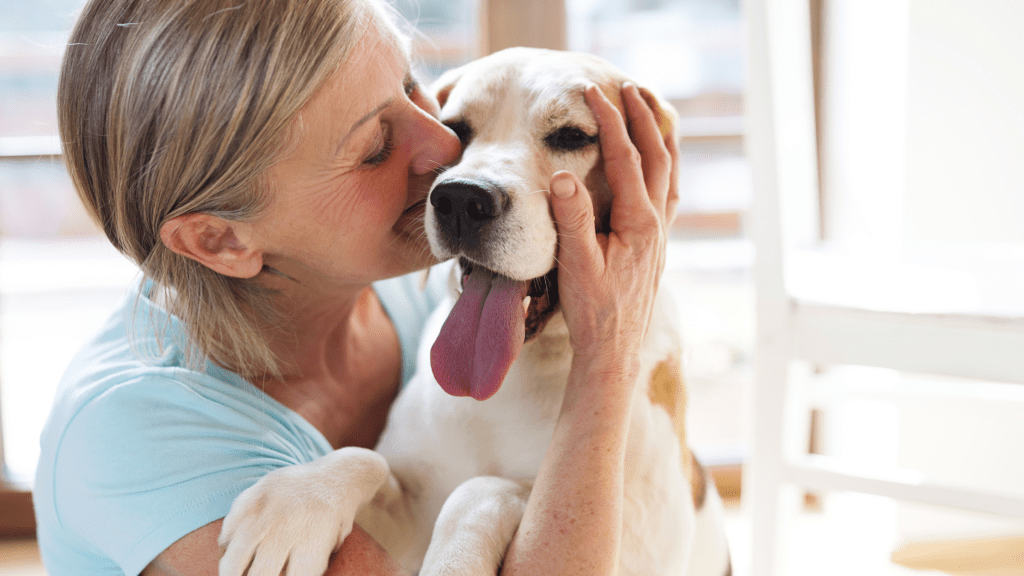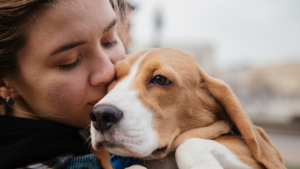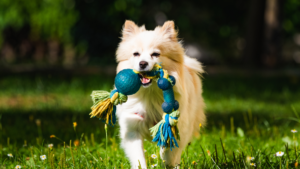Animals have an extraordinary ability to sense and respond to human emotions. This remarkable trait, often referred to as interspecies empathy, highlights the deep bond between humans and their animal companions. One of the most intriguing aspects of this relationship is how animals perceive and react to our emotional states. Let’s delve into this fascinating topic from the animal’s perspective.
Living in the Present Moment
Unlike humans, animals live entirely in the present moment. They do not worry about the future or dwell on past events. This present-focused mindset allows them to be highly attuned to their immediate surroundings and the emotions of those around them. When you are feeling happy, sad, anxious, or calm, your pet senses these emotions and responds accordingly.
Example: If you come home after a long day and feel stressed, your dog might pick up on your tension and become more subdued, staying close to provide comfort. Conversely, if you’re excited and joyful, your dog might mirror your excitement, wagging its tail and engaging in play.
The Role of Memory
Animals have memories, but they don’t obsess over past events or worry about future possibilities. Their memories serve as a guide for their behavior based on past experiences, but they don’t let these memories dominate their actions. Instead, they focus on the cues they receive in the moment.
Example: If a dog has been trained that sitting politely gets them a treat, they will remember this behavior pattern. However, they don’t sit and worry if they might not get a treat in the future. They simply react to the cues given by their human in the present.
Downloaded and Learned Memory
Animals learn from repeated experiences and interactions, which shapes their responses to human emotions. This downloaded and learned memory allows them to develop a nuanced understanding of their human companions’ behaviors and emotional cues. Over time, they learn to associate specific actions or tones of voice with particular outcomes.
Example: A cat may learn that when its human speaks in a soothing tone, it means they are in a calm and affectionate mood, prompting the cat to approach for petting. Conversely, a harsh tone might indicate that the human is upset, and the cat might choose to keep its distance.
Responding to Visualization
Animals are incredibly perceptive and can pick up on our visualizations and body language. They often respond to what they perceive us visualizing or feeling. This ability to read and respond to non-verbal cues is a key component of how they interact with us.
Example: If you are anxious and thinking, “I’m so afraid he will pee on the couch,” your dog might pick up on your anxiety and interpret it as a signal to act on. The dog might think, “Oh, she wants me to pee on the couch,” and might respond accordingly. This illustrates the importance of maintaining positive thoughts and visualizations when interacting with your pets.
Practical Tips for Positive Interactions
- Stay Calm and Positive: Your emotional state can significantly influence your pet’s behavior. Try to remain calm and positive, especially during training or when addressing behavioral issues.
- Use Clear and Consistent Cues: Consistency in your actions and commands helps your pet understand what is expected of them. This reduces confusion and anxiety.
- Visualize Positive Outcomes: Focus on positive behaviors and outcomes when interacting with your pet. Visualizing success can help guide your pet towards desired behaviors.
- Provide a Stable Environment: Create a stable and predictable environment for your pet. Routine and familiarity help them feel secure and better able to respond to your emotions.
- Be Mindful of Your Body Language: Your body language speaks volumes to your pet. Ensure that your physical cues match your verbal commands and emotional state.
Animals’ ability to respond to human emotions is a testament to the deep and intuitive bond we share with them. By understanding how animals perceive and react to our emotional states, we can foster a more empathetic and harmonious relationship with our pets. Remember, they live in the moment, respond to our visualizations, and learn from our consistent cues. Embrace these insights to enhance your connection with your furry companions and ensure a loving, supportive environment for them.



